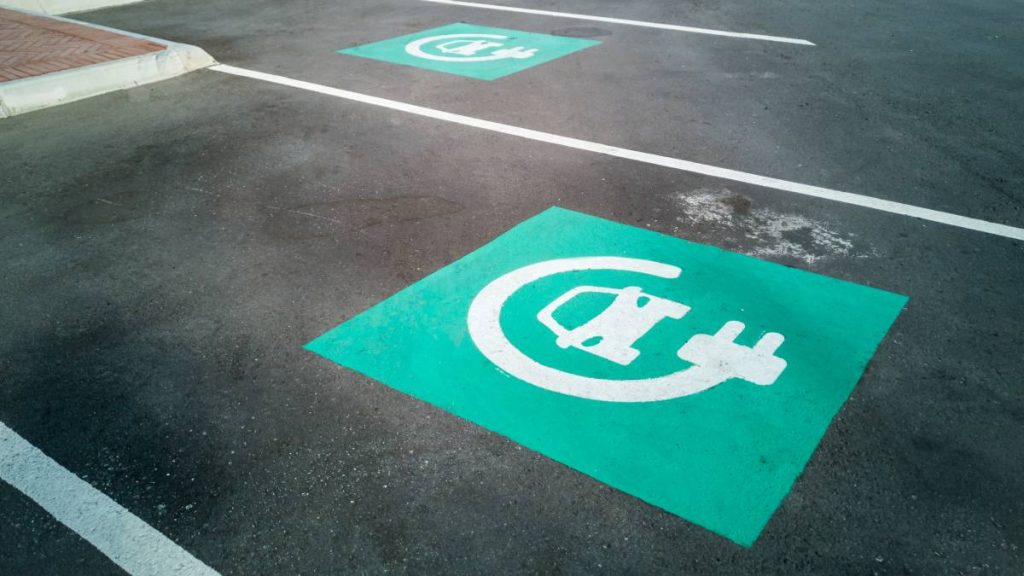
Just 10% of Australia’s lithium-ion batteries were recycled in 2021 – compared with 95% of lead-acid car batteries. With booming electric vehicle (EV) sales, we are going to have many more batteries to deal with over the next decade.
How can it be done?
“The processes we use to recover the minerals out of a battery are exactly the same as recovering a mineral out of the rock,” says Katherine Hole, CEO of the Australian Battery Recycling Initiative.
Cosmos spoke to Hole for the latest episode of Debunks, our new podcast where our science journalists investigate myths and misconceptions.
Only a small percentage of lithium-ion batteries are lithium. They also contain metals like cobalt, nickel, manganese and copper. All of these minerals can be re-used.
Small lithium batteries are “just put through a big shredding machine,” says Hole.
“Out the back end of that comes a [substance] called black mass, which kind of looks like a black sand.
“But this is still a mix of minerals. The next stage is to separate out the individual elements, and this is where we hit the exact processes [from] the mining sector.”
Then, hydrometallurgy uses a series of chemical solutions to extract each of the metals, or pyrometallurgy uses high temperatures to do the same.
EV batteries are made of the same components as small lithium-ion batteries – but they’re slightly more complicated in structure, says Hole.
“You won’t have just thousands of cells floating around – you might have them subdivided into packs. Between those packs, you might have electronics, or a battery management system – they all monitor things like temperature or faulty cells.”
These big batteries can’t go straight into a shredder: they need to be disassembled.
“That means breaking apart the external casing, pulling out the individual cells or pouches in those batteries, which will then go off to battery recycling,” says Hole.
“The other materials in that battery, like the casing and electronics, will go to a different recycling route, and then those batteries will be shredded.”
But the EV batteries don’t have to go straight to the shredder: they could be used in other applications once they’ve run down too much to be usable in cars.
“It’s often at 75% of the capacity that it can no longer be used in a vehicle,” Professor Leanne Wiseman, a researcher at Griffith University, tells Debunks.
“Those batteries could be used, for example, to support the solar panel recharging.”
EV battery recycling and re-use is feasible, then. But do we have the systems to do it yet?
“We’ve got, potentially, 1.6 million tons of EV batteries that will require recycling in Australia by 2050,” says Wiseman.
Wiseman wants to see a product stewardship scheme for EVs. These schemes are developed by the federal government and industries to manage the life cycle of certain products.
“Unless we have specific ability to bring those electric vehicle batteries within a product stewardship scheme, and set that scheme up soon, there’ll be a huge loss in opportunity there,” says Wiseman.
So where are the opportunities in EV recycling? For more, listen to Debunks.